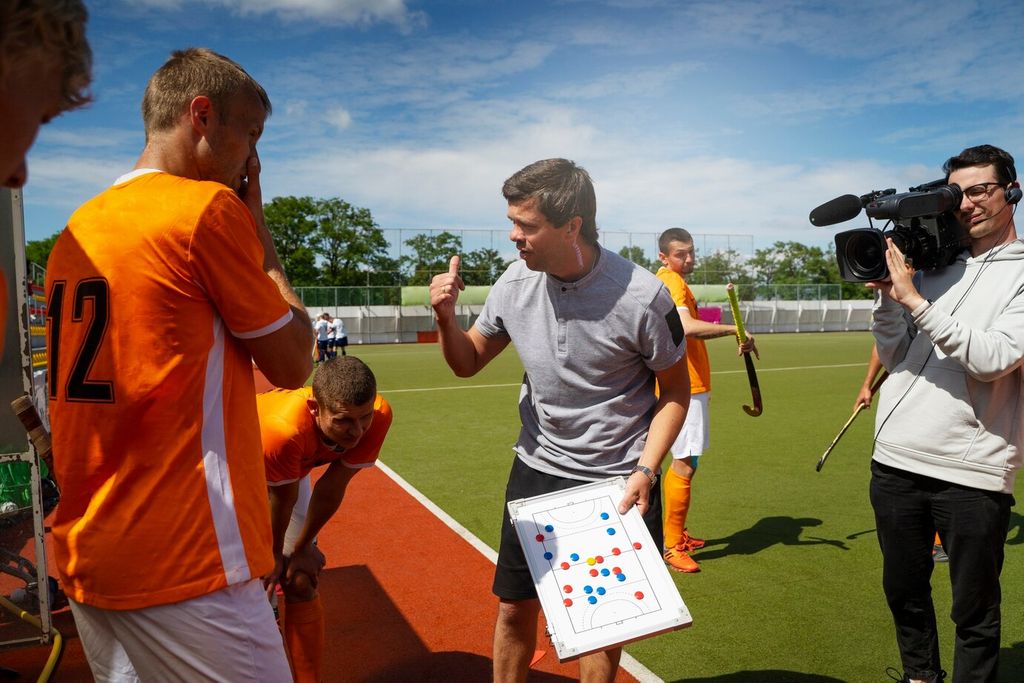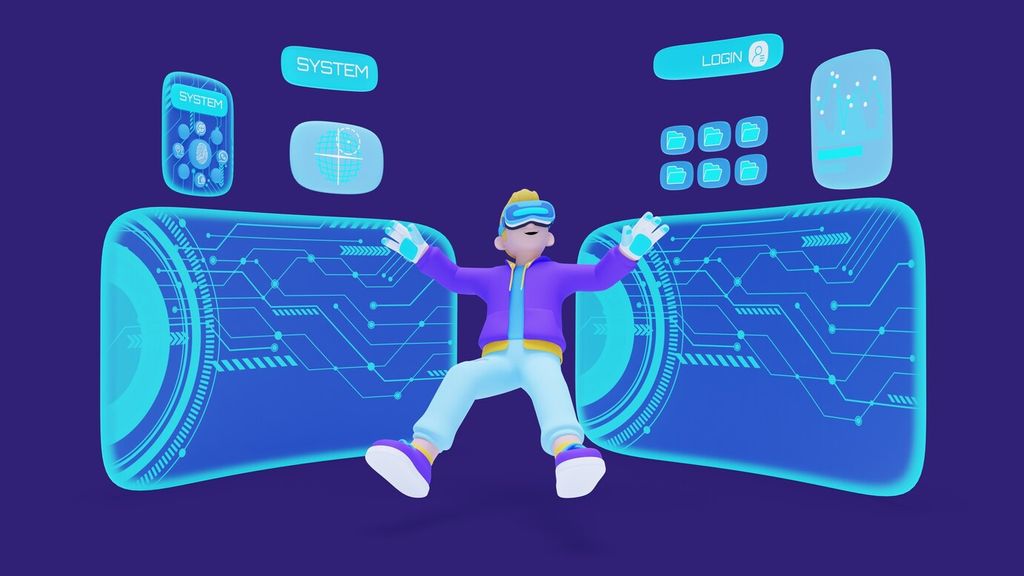Tactical Simulations In Team Sports
Jun 11, 2024 • 2 views
Virtual game scenarios are produced by tactical simulations through the use of state-of-the-art software. These tools enable players and coaches to practise strategies and make decisions within a simulated environment. This makes training more effective, interesting and safer, thus it prepares teams better for real-life matches.
Objective and Advantages of Tactical Simulations
The aim of strategic simulations is to improve players’ decision-making abilities as well as their strategic thinking capacity. By involving athletes in different game situations, these instruments help them understand how games work and anticipate moves of their opponents. Such methods train fast thinking together with the development of tactics necessary for situations having high stakes.
Moreover, tactical simulations not only enhance individual skills but also provide safe testing grounds for new manoeuvres, thereby making practice sessions more productive. For those interested in further engagement, MelBet offers a platform where fans can place bets on various sports, applying their understanding of game strategies and player performance.
Operation Mechanism
The way tactical simulations operate is through the utilisation of sophisticated algorithms which generate life-like game situations. Below is an outline of how they work:
Scenarios creation: A wide variety of match scenarios are created by the software based on actual data from matches played plus theoretical strategies, thus presenting various challenges to players.
User interfaces: These simulations have user-friendly interfaces that allow interaction between coaches or players with them, hence enabling instant play review and analysis in real time.
Immediate feedback: Strengths will be pointed out by the system instantly while indicating areas that need improvements, as well as suggesting the best actions to take.
These parts combine together, creating an engaging training experience where individuals as well as teams can enhance their abilities in a virtual setting.

Applications in Different Sports Disciplines
Strategic simulations are used widely across different sports, including football and basketball. Each game applies these programs to deal with its exceptional strategic problems, with a view to assisting players as well as coaches to perfect their tactics besides enhancing general performance.
Professional Team Examples
Tactical simulations have been successfully adopted by professional sports organisations into their training regimens. For example, elite soccer clubs use this software to analyse the strategies of their opponents before matches. On the other hand, basketball teams will run a simulation that improves player positioning and court vision.
One particularly interesting case study involves the NBA's Golden State Warriors, who reported better team coordination and strategic execution after utilising tactical simulations for training purposes. These examples show how tangible gains can be realised through team-focused tactical exercises done in virtual environments.
Incorporation into Training Programs
It is important to include tactical simulations as part of regular training programs in a balanced manner. Such programmes should employ them a few times per week alongside physical drills, this way, they become an integral element of coaching strategy sessions rather than mere add-ons or extra activities.
Coaches introduce virtual scenarios so that players get ready for specific rivals while concentrating on certain aspects of strategy at the same time. The combination between real-life practice and computer-generated games ensures that participants can apply what has been learnt from simulating events onto actual situations, thus making overall preparation more solid and efficient.

Challenges and Limitations
Here are some challenges that come with implementing tactical simulations in sports training:
Expensive: High-quality simulation software can cost a lot of money, which means it may not be affordable for smaller teams or clubs.
Technological requirements: These kinds of simulations need advanced hardware and software, so if a team doesn’t have the right resources, then they won’t be able to use them.
Resistance from traditional coaches: Some coaches might not want to try new things like this because they prefer traditional methods of training.
However, when integrated well into a training programme, there are more advantages than disadvantages to using tactical simulations in training.
Prospects of Tactical Training in the Future
The future of tactical simulations in sports looks bright. We should anticipate smarter artificial intelligence coupled with machine learning that will improve the realism and adaptiveness levels of such systems. Additionally, virtual reality (VR) may take up a larger role by providing an environment where trainees can interact with their surroundings just like they would during an actual game. As technology advances further still, it is highly probable that strategic planning games will become commonplace within different sporting levels, thereby enabling teams to refine strategies aimed at boosting overall performance.
Conclusion
Tactical simulations have changed how we train athletes today by increasing team performance levels while equipping players with the necessary skills needed during high-pressure competitions. Such equipment combines strategic planning alongside hands-on experience, making each session productive and interesting. This move marks the beginning of great achievements on the field which have never been seen before, thus bringing about athletic supremacy at its best.
